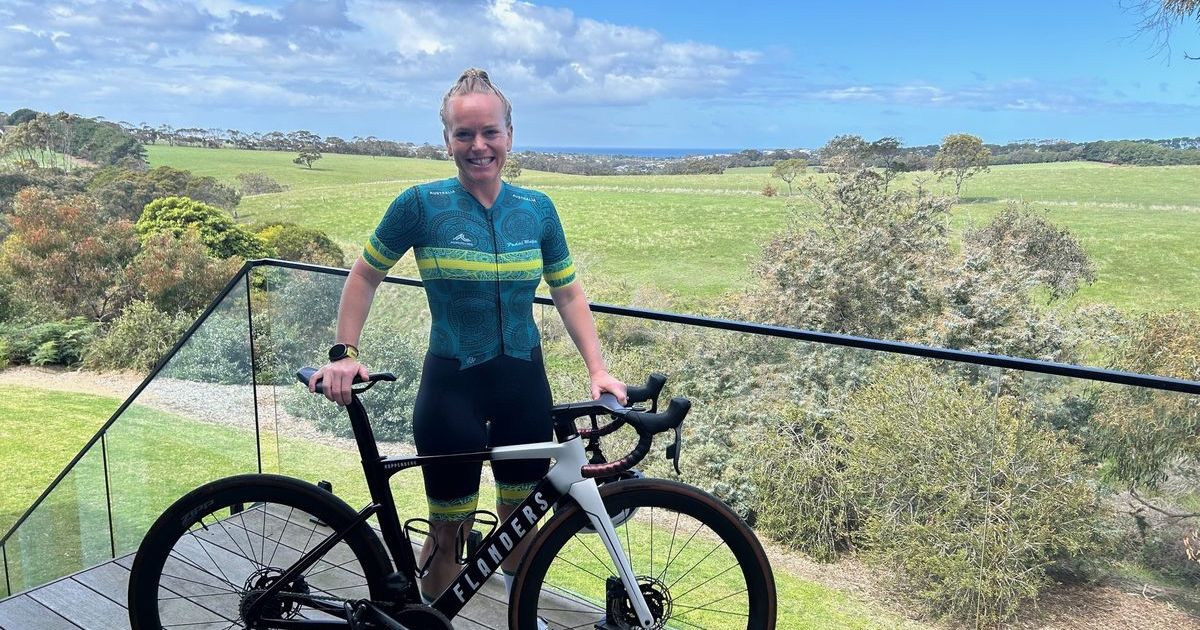Emergency Funds: Why you need one and how to start building yours

The main objective of this fund is to cover unexpected expenses that arise during unforeseen circumstances.
An emergency fund is a reserve of extra money set aside for use during times of financial hardship. Instances such as losing a job, facing illness, or encountering a recession are just some examples of situations where individuals might need to tap into their emergency fund to sustain themselves. Working to find a financial planner in your area is key when it comes to starting your emergency fund as they can help you to figure out how much you should set aside and how to best manage your emergency fund over time.
The main objective of this fund is to cover unexpected expenses that arise during unforeseen circumstances. By having an emergency fund in place, you can reduce your reliance on borrowing debt at high-interest rates or dipping into your retirement savings. Having some money set aside for these situations that nobody wants to encounter but that most will at one point or another will help you to manage your finances with more confidence moving forward.
Continue reading below for some simple and straightforward tips that will help you to establish an emergency fund to give you more financial security.
Start Small
Most people who strive to achieve a goal tend to overthink it or start too big. Setting unreasonably short timeframes to achieve your financial goals is a surefire way to fail. Instead, focus on small, easily attained achievements.
For example, forget about the twenty thousand dollars you wish that you had in your emergency fund for now. Instead, identify something in your life that you can do without or reduce, such as cutting back on your monthly coffee expenses or passing on buying new shoes or going for a big night out. Decide on an amount, whether it’s $5 or $100, and make a commitment to save it regularly, per month, per week, or per paycheck. The key is to make saving a habit, rather than a constant challenge.
Now, that you’ve started a regular process it will be much easier for you to replicate. You’ve got positive reinforcement, achieving results that are easy to identify. You’re much less likely to quit because you have now established a record of sticking to what you said you would do.
Automation
If you still have trouble sticking to the process, perhaps the next step is automating it. Many employers offer direct deposit services, and some may even allow deposits to multiple accounts. Use this to your advantage by setting up a separate account exclusively for your emergency fund, and arranging for your chosen contribution amount to be automatically deposited on a particular date, either by your employer or your bank.
Opt for a savings or other type of account that is not easily accessible, unlike a checking account. This way, it’s less likely you’ll be tempted to dip into your emergency fund. Also, try to avoid constantly checking the account balance, as it may make the growth of your fund seem slower and smaller. Instead, forget about it and let time work its magic. At the month’s end, or perhaps every quarter, check in to see how much you’ve saved.
Keep Your Spending In Check
After automating your savings, it’s important to avoid falling into a false sense of financial security and letting your old spending habits creep up again. For instance, if you gave up buying new shoes every month only to replace them with a new shopping habit a couple of months later, you’re not truly saving! Be mindful of your spending habits and ensure that the money you’re saving isn’t being offset by increased spending in other areas.
If you find yourself with an excess of $50 each month, it may be a sign that your savings deposit amount is set too low. If you don’t have an extra $50 and are relying on credit cards to cover expenses, it’s not a productive approach either. While it’s important to enjoy life while building your emergency fund, it’s crucial not to lose sight of the fund’s significance. Striking the right balance between enjoying the present and prioritising future financial security is key.
Start Building Your Emergency Fund For Greater Financial Security
Remember, an emergency fund is but one critical part of your overall financial snapshot. Everyone’s situation is completely different so it’s important that you take the time to consider your unique circumstances and goals before you get started. There is no one-size-fits-all solution when it comes to building an emergency fund but with some careful thought and consideration, you can come up with a solution that will meet your needs and work for you. With your emergency fund started it’s just a matter of being consistent and sticking to your commitments moving forward. Knowing that you have some money stashed away to help you deal with those unexpected speedbumps that will inevitably arise will give you more financial freedom and security moving forward, allowing you to relax and enjoy your life a little more.

















